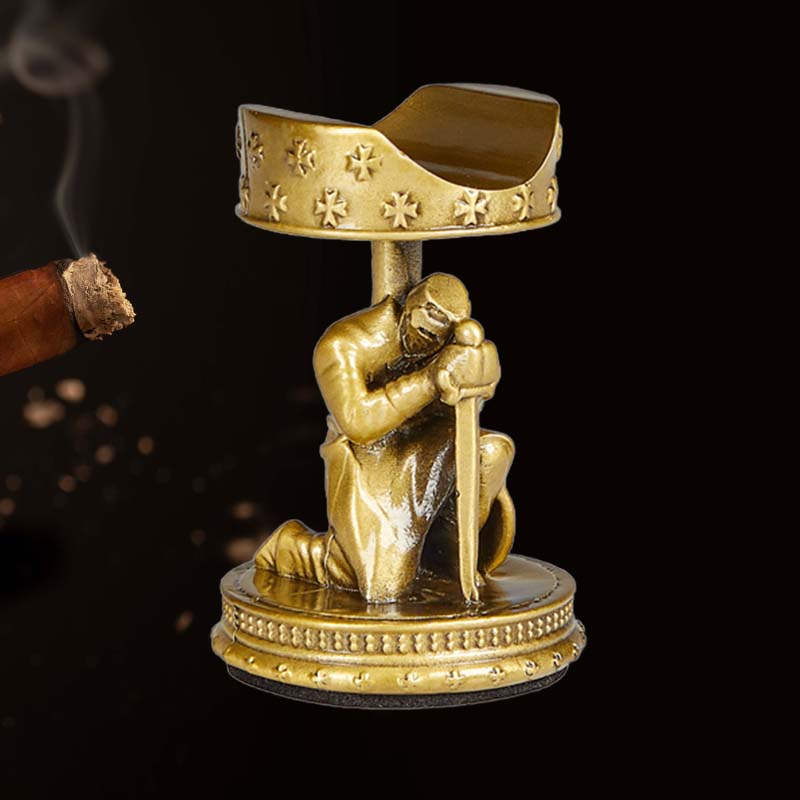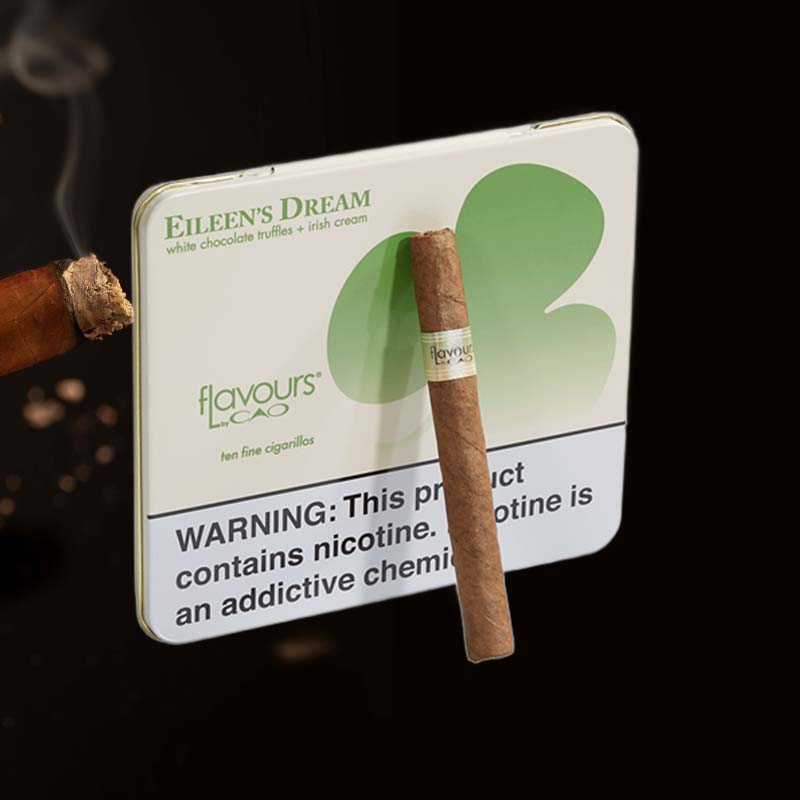How do i fix my torch lighter
How Do I Fix My Torch Lighter
Introduction: Fixing That Jet Lighter You Love
It’s a disheartening moment when my trusty torch lighter, the very one that brings my favorite cigars to life, refuses to ignite. I consider this tool not just a gadget but an essential part of my smoking ritual. Knowing it can be fixed, I’ve decided to dive into the process, feeling a mix of determination and hope. Allow me to share how I tackle this issue, turning my frustrations into a learning experience.
Step 1: So What You’ll Need for This
Gathering Essential Tools
Before I dive in, I make sure I have the right tools at hand:
- Small screwdriver (Phillips or flat-head depending on the lighter)
- Cotton swabs and cleaning alcohol
- High-quality butane
- Compressed air (optional, for cleaning)
Having these items nearby makes the process smoother and keeps me focused.
Step 2: Ok Diagnosis Time Doctor
Identifying the Symptoms
First, I examine the lighter for any clear issues. If it’s not igniting, I consider these questions:
- Is there fuel in the tank?
- Does the ignition spark when pressed?
- Is there any visible blockage in the jet?
Understanding the symptoms lets me address the root cause more efficiently.
Step 3: Opening Your Lighter Up
Disassembling the Lighter Safely
I start by carefully unscrewing the back casing of my lighter, taking care not to force anything. I breathe in deeply, reminding myself that patience is key. This step allows me to get to the heart of the matter without damaging the lighter.
Step 4: Adjusting the Spark
How to Check the Ignition Mechanism
With the lighter open, I inspect the ignition mechanism. I ensure the flint is positioned correctly and replace it if it looks worn out. To double-check, I pull the trigger while watching closely—does it spark or remain dormant?
Step 5: Addressing Common Issues
5 Common Issues that Torch Lighter Won’t Light
Throughout my experiences, here are some common issues I often find:
- Empty butane tank
- Clogged jets
- Faulty ignition system
- Worn-out flint
- Incorrect flame height adjustment
Identifying these issues helps me prioritize my repair efforts.
Step 6: Using High-Quality Butane
The Importance of Butane Quality
I always use high-quality butane to refill my torch lighter, as lower-quality fuel can lead to clogging and other issues. It’s a small investment that goes a long way in ensuring reliable performance every time I light up.
Step 7: Bleeding the Tank Before Refilling
How to Properly Bleed Your Torch Lighter
Before I refill, it’s crucial to bleed the lighter’s tank. I do this by pressing the refilling valve gently with a small tool, allowing any remaining butane to escape. This step prevents the build-up of pressure that could disrupt the functioning of the lighter.
Step 8: Clean the Jets
Cleaning and Maintaining the Jet Nozzles
Using a cotton swab dipped in cleaning alcohol, I clean the jets carefully. A clean jet ensures a steady flame, enhancing my overall experience every time I reach for my lighter.
Step 9: Check for Hissing Sounds
What Hissing Sounds Indicate
If I hear a hissing sound when I try to light, it can indicate a gas leak. In such cases, I ensure the lighter is in a safe area, turn it off, and check the seals and valves for imperfections. Safety comes first, always.
Step 10: Putting It Back Together
Reassembly Tips for Your Torch Lighter
Once I’ve Troubleshot and repaired the lighter, it’s time to reassemble it. I carefully put the pieces back in the exact order I took them out, ensuring nothing is left loose to avoid further complications down the road.
Step 11: Final Testing
Testing the Lighter After Repairs
With everything back in place, I take a deep breath and test my lighter. It’s exhilarating to see that flame dance; a reminder of my persistence pays off. If it lights up perfectly, I can resume my nightly ritual with my favorite cigars in hand.
Additional Tips for Maintaining Your Torch Lighter
Best Practices to Ensure Longevity
I’ve learned several tips to keep my torch lighter running smoothly:
- Regularly purge and refill the butane.
- Keep it clean by inspecting the jets frequently.
- Avoid using it in extreme temperatures.
These practices help me enjoy reliable ignition whenever I need it.
Conclusion: Now Your Lighter Is Ready to Go!
Enjoy a Smooth Smoking Experience
With my torch lighter now in top shape, I feel a sense of accomplishment. Repairing it was not just about fixing a problem; it deepened my appreciation for this trusty tool. Now, as I sit back and enjoy a well-deserved smoke, I smile knowing I can tackle any future lighter issues that arise.
FAQ
Why is my torch lighter not igniting?
Your torch lighter may not ignite due to an empty fuel tank, a problematic ignition mechanism, or a clogged jet. Check these areas first.
Why is my torch lighter not releasing butane?
This could be due to a blockage in the refill valve or an internal malfunction within the lighter itself. Cleaning it and checking for damage might help.
How do I fix my torch problem?
To fix a torch lighter, diagnose the issue, clean the jet, check the ignition, and refill with butane, following careful disassembly and reassembly principles.
How to fix a lighter that won’t light?
Start by checking if it has fuel, inspect the ignition and jet, and ensure clean components and quality butane. Sometimes, a simple cleaning can fix the issue.

















